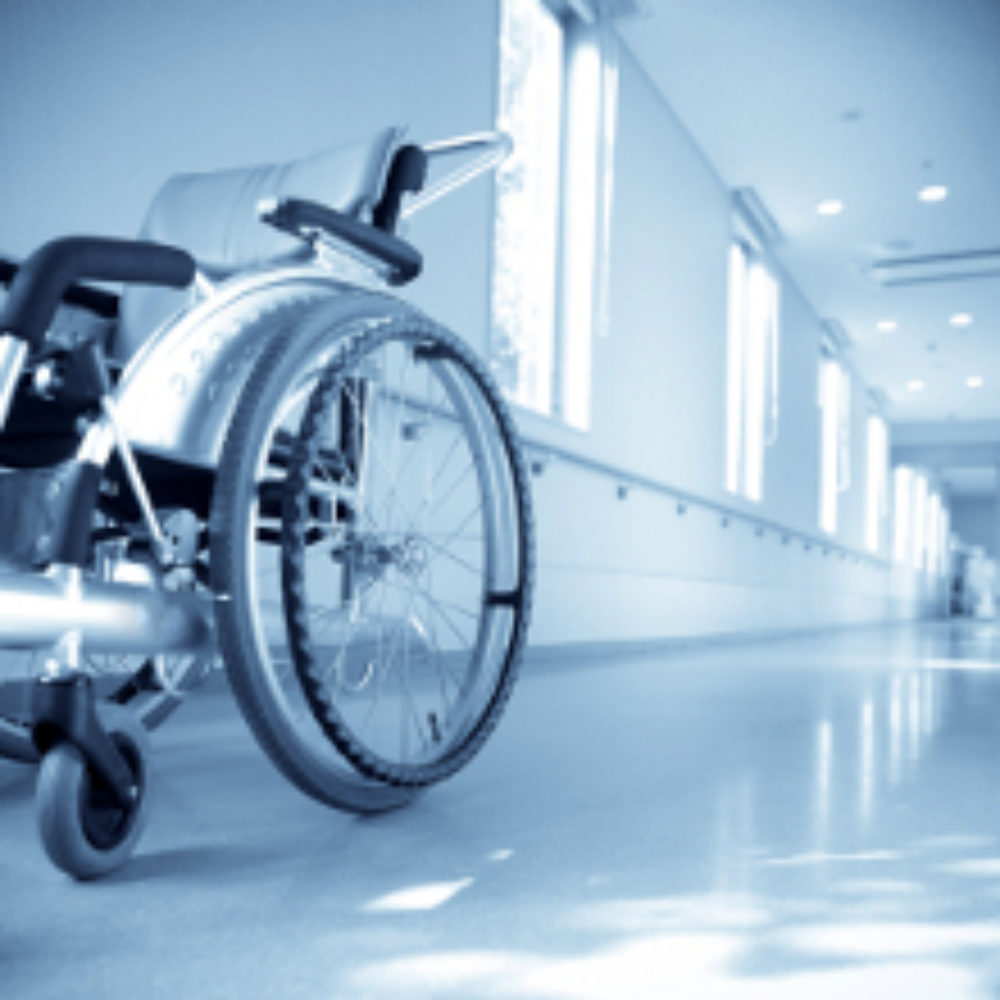Questions Raised About Reliability of Nursing Home Ratings

The findings of a recent investigative report by the New York Times has raised serious questions over whether families can reliably trust nursing home ratings doled out by federal regulators.
The U.S. Centers for Medicare and Medicaid Services (CMS) uses a five-star rating system to judge the quality of nursing homes throughout the United States. This nursing home rating system, in place for the last five years, is meant to serve as an aid for family members considering placement of relatives in a long-term care facility.
According to an investigative report published by the New York Times last week, it appears that these ratings are largely based on self-reported data by nursing homes, with little or no confirmation by regulators to even gauge whether the information is close to accurate.

Did You Know?
Millions of Philips CPAP Machines Recalled
Philips DreamStation, CPAP and BiPAP machines sold in recent years may pose a risk of cancer, lung damage and other injuries.
Learn MoreOf the three categories used to find the ratings, which include annual health inspections, staffing levels and quality statistics, only annual health inspections come from independent reviewers. Everything else is based on how well the nursing home tells CMS it is doing.
In addition to the questions raised by the lack of confirmation for self-reported data, the report outlined a number of factors that should be considered in rating the quality of a nursing homes, which the CMS system does not consider, including enforcement actions by state regulators, fines, or customer complaints.
The New York Times found that some five-star nursing homes were actually notorious in their states for nursing home neglect and abuse problems.
One facility highlighted in the report was given a five-star rating, even though it was fined $100,000 for the wrongful death of a patient due to a medication error involving blood thinners. The same facility had 102 complaints by residents and family members involving the quality of nursing home care provided, but none of those were factored into the CMS rating.
Perhaps more importantly, several residents actually living at the facility informed the New York Times that it doesn’t deserve the five-star rating either.
Nursing Home Neglect Concerns
A report earlier this year by the U.S. Department of Health & Human Services’ Office of Inspector General (DHHS-OIG) found that about a quarter of all U.S. nursing home residents experience adverse events and that about 11% are harmed by mistakes, most of which are preventable.
Preventable nursing home mistakes result in additional costs for Medicare, often leading to a nursing home or hospital receiving additional reimbursements for treating the damage caused. Reducing such events could result in large savings for the federal government.
Researchers used the study to estimate the national incidence rate, the cost of such mistakes, and whether they could have been prevented. They found that 22% of Medicare beneficiaries suffered adverse events while in nursing homes, and another 11% were harmed temporarily during their time in such facilities, meaning that a third of all nursing home patients are affected by adverse events. About 59% of those medical mistakes were found to be certainly or most likely preventable.
The study found that more than half of those who were harmed by mistakes had to be hospitalized, costing Medicare $2.8 billion in 2011 alone.
Get more articles like this sent directly to your inbox.
"*" indicates required fields




0 Comments